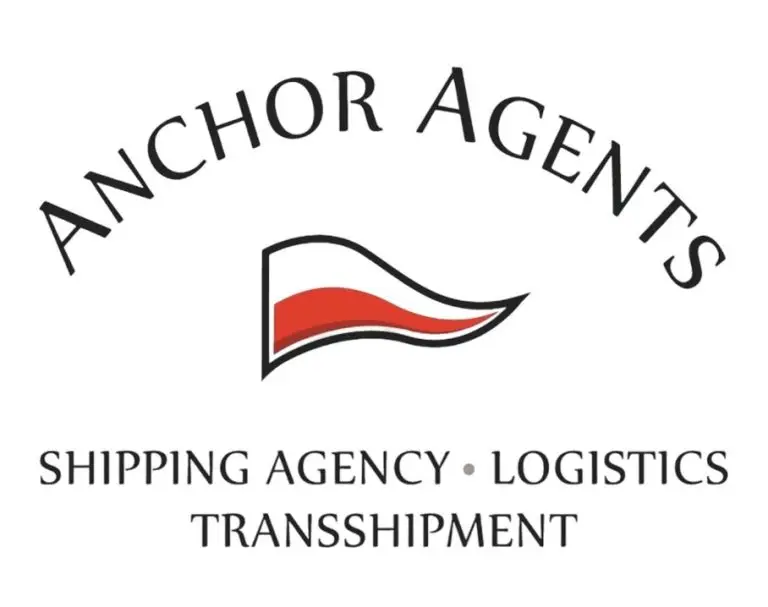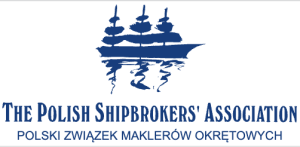
Ballast water management in the Baltic Sea

Let’s start with some history.
The International Convention for the Control and Management of Ships’ Ballast Water and Sediments—more commonly known as the Ballast Water Management (BWM) Convention—was adopted by IMO in 2004 but entered into force on September 8, 2017. The Convention stipulated that it enter into force 12 months after ratification by a minimum of 30 states, representing 35% of world merchant shipping tonnage.
This requirement was met when Finland ratified the Convention on September 8, 2016, as the 52nd state, increasing the tonnage to 35.14 %.
The Convention accepts two standards for managing ballast water to minimize the risk of transporting unwanted alien species.
These are :
• D-1 standard (Transitional)
• D-2 standard (Ultimate)
So, what is the state of play at the end of 2023?
All ships need already to meet D2 standard with two exceptions:
Existing ships that had their renewal survey for the IOPP Certificate within the first two years after the entry into force of the BWM Convention on 8.9.2017 benefit from a postponement. They only need to comply with Regulation D-2 after the second IOPP renewal survey after the entry into force of the BWM Convention – this means, at the latest, by September 8, 2024
Ships under 400 GT have to comply with Regulation D-2 by September 8, 2024, at the latest.
The D-2 standard specifies that vessels can only discharge ballast water that meets the following criteria:
- There are less than 10 viable organisms per cubic meter that are greater than or equal to 50 micrometers in minimum dimension.
- There are Less than 10 viable organisms per milliliter, which are between 10 micrometers and 50 micrometers in minimum dimension.
- Less than 1 colony-forming unit (cfu) per 100 milliliters of Toxicogenic Vibrio cholera;
- Less than 250 cfu per 100 millilitres of Escherichia coli;
- Less than 100 cfu per 100 millilitres of Intestinal Enterococci.
Compliance with the Performance Standard (D-2) is achievable only using a BW treatment system. Generally, the Flag Administration shall approve treatment systems that comply with the standard D-2.
Since the BWM Convention entered into force in September 2017, ships must have a ship-specific ballast water management plan and run a ballast water record book.
Which special regulations apply to ballast water exchange in the Baltic Sea for vessels still under D1 Standard?
Ships traveling between two ports in the Baltic Sea do not have to exchange ballast water, as there is no ballast water exchange area in the Baltic Sea.
Ships coming from the North Sea areas traveling into the Baltic Sea do not have to conduct an exchange by D-1 because they do not pass an exchange area that applies to them. The intra-North Sea exchange area only applies to intra-North Sea traffic.
Ships arriving from other areas (Atlantic, etc.) to the Baltic Sea conduct a ballast water exchange according to the D-1 standard. Therefore, on long voyages, the exchange occurs before entering the Baltic Sea provided circumstances (200 nm/200 m or 50 nm/200 m distance from the nearest land, i.e., from the baseline/water depth or a usable exchange area) will allow it.
Regulation D-2 does not need to be applied prematurely if the ship still falls under the regime of Regulation D-1 but does not reach an exchange area.
If the ship cannot meet the requirements of the BWM Convention, it should apply earlier with a motion to the Local Maritime Office (PSC). Vessels that have received such an approval or denial of the approval shall make an entry in the ballast record book.
After an earlier arrangement, it is possible to commercially discharge ballast water that does not comply with the requirements of the BWM Convention on the port’s premises.
You may also be interested in the following topics:
Ports: Cargo holds washing in Polish ports and on the Baltic Sea
Varia: Vessel Traffic Services (VTS) what do they do?
Varia: Is it compulsory to use pilots when crossing the Danish Straits?
ADDRESS & BUSINESS REGISTRATION
-
Anchor Agents & Shipbrokers Sp z o.o.
Aleja Zwycięstwa 241/13
81-521 Gdynia
Polska - KRS 0000187325; NIP 5881007972
